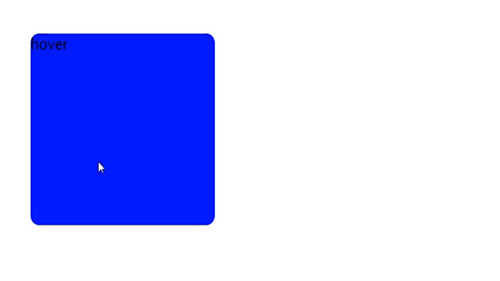CSS是一种前端开发常用的样式设计语言,可以实现许多有趣的特效。今天我们来学习如何使用CSS实现标题栏的立体效果。
/*首先,我们需要定义标题栏的基本样式*/ .nav { background-color: #2c3e50; height: 50px; line-height: 50px; position: relative; width: 100%; } .nav li { float: left; list-style-type: none; margin-right: 20px; } .nav a { color: #fff; font-size: 18px; text-transform: uppercase; text-decoration: none; } /*接下来,我们增加一些立体效果的样式*/ .nav:after { background-color: rgba(255,255,0.2); content: ""; height: 10px; left: 0; position: absolute; top: -10px; width: 100%; z-index: -1; } .nav:before { background-color: rgba(0,0.2); content: ""; height: 1px; left: 0; position: absolute; top: 50px; width: 100%; z-index: -1; } .nav li:before { background-color: rgba(255,0.2); content: ""; height: 100%; left: -10px; position: absolute; top: 0; width: 10px; z-index: -1; } .nav li:after { background-color: rgba(0,0.2); content: ""; height: 100%; position: absolute; right: -10px; top: 0; width: 10px; z-index: -1; } /*最后,我们呈现出一个漂亮的标题栏立体效果*/

通过以上CSS代码,我们成功添加了一些立体效果,给标题栏增添了一些美感。我们可以根据自己的设计需要来调整各种属性,比如颜色和尺寸等。






